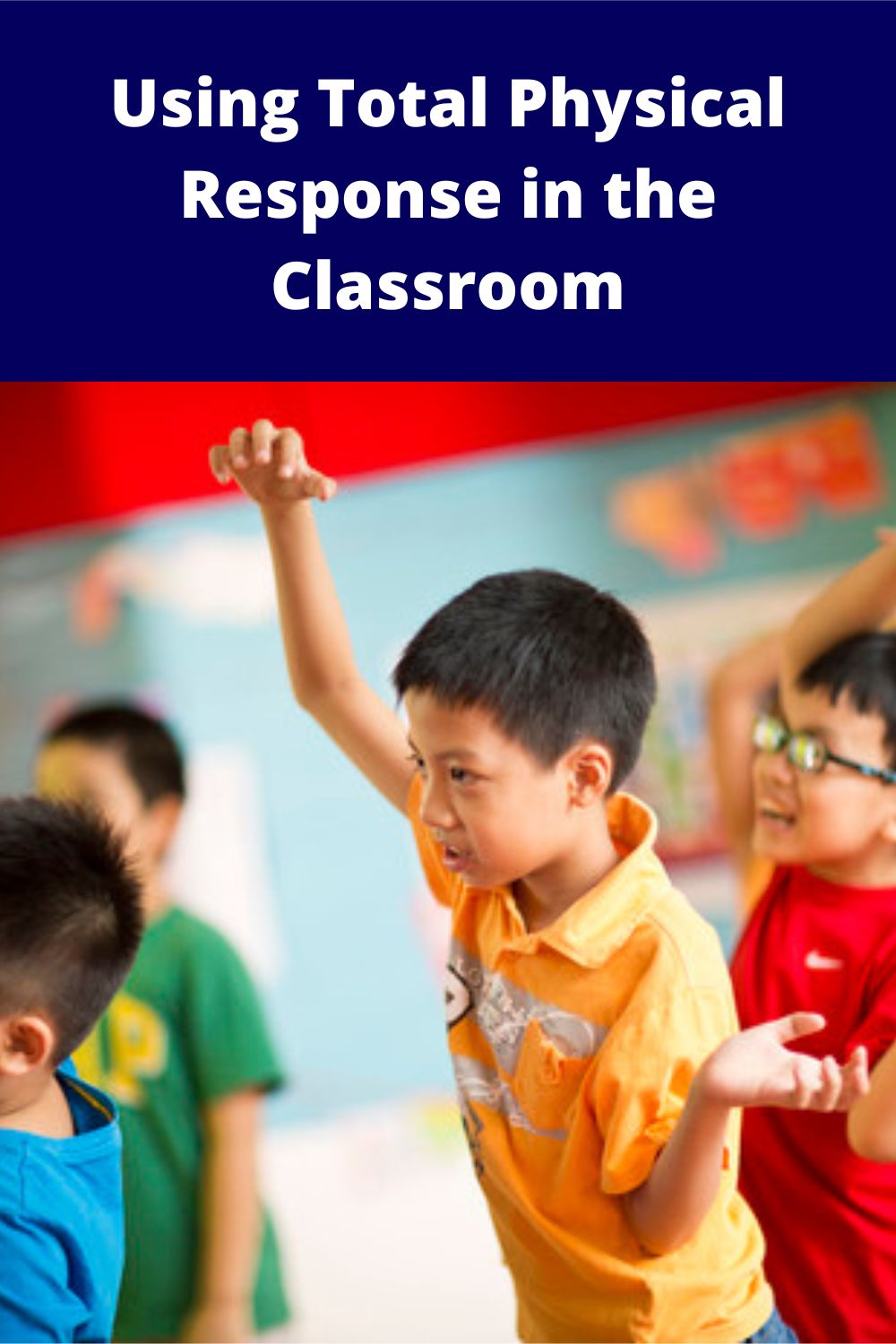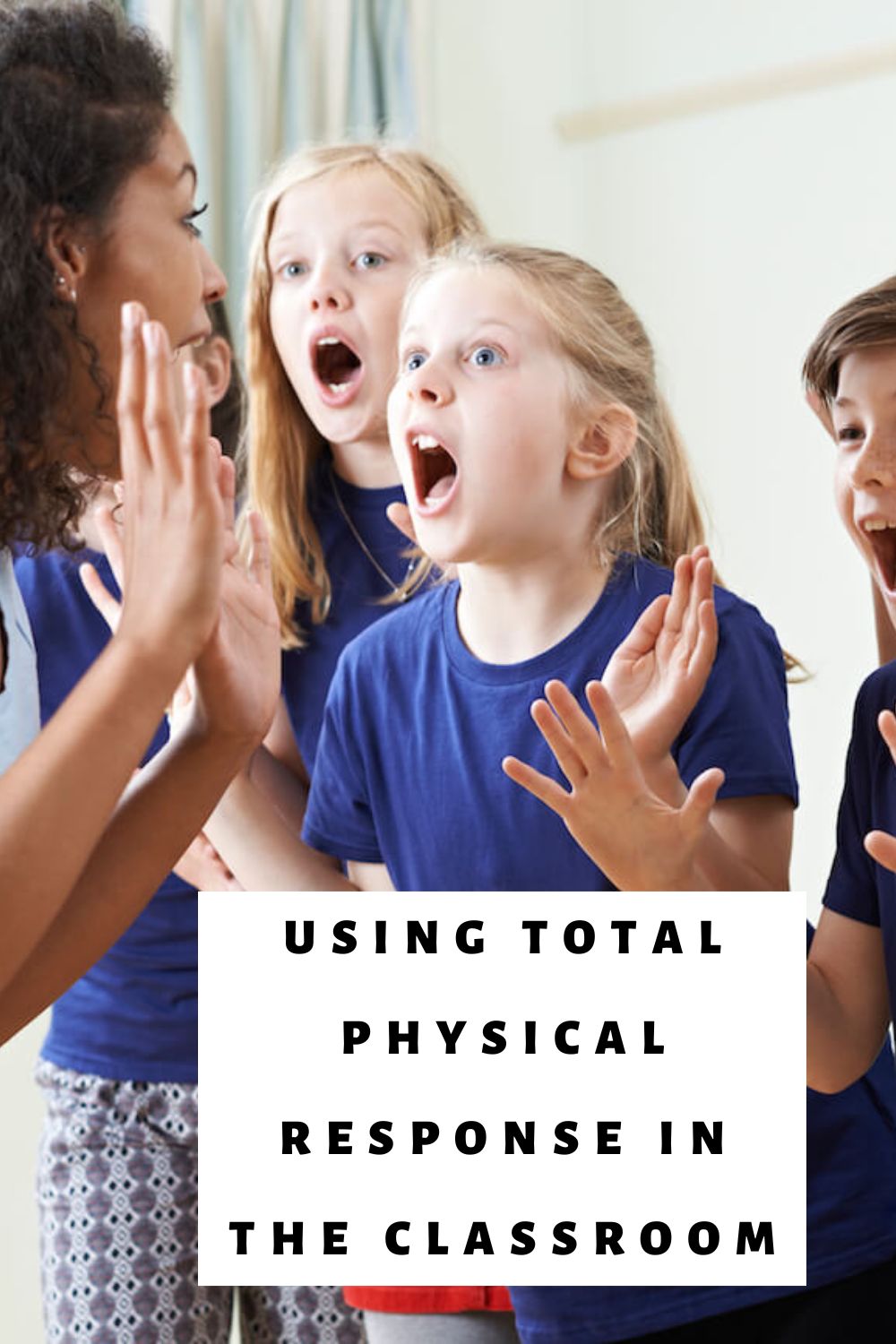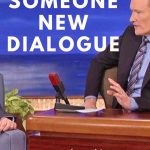If you’d like to spice up your language class, then why not consider using Total Physical Response (TPR)? It’s a fun way to get students involved, have some fun in the classroom and teach new vocabulary words. Keep on reading to find out everything you need to know about the TPR method and how to use it in a TEFL classroom.

What is Total Physical Response?
What is TPR (Total Physical Response) in Education?
So, what is TPR? TPR is a method developed by American psychologist Dr. James Asher. It’s based on how children learn their first language when they’re babies. When parents talk to their children, they are physically involved, demonstrating and acting things out. They speak, and children are only required to listen and comprehend, not speak as well, as first.
Total Physical Response in ESL
In essence, humans acquire, rather than learn their first language. The total physical response method is an attempt to replicate this process for further language acquisition.
The goal is for students to make connections between words, phrases or expressions and the actions that define them. It can offer a way to physically interact with language and can go a long way toward ensuring comprehension of key concepts like body parts or action verbs.
- Amazon Kindle Edition
- Bolen, Jackie (Author)
- English (Publication Language)
- 211 Pages - 12/21/2022 (Publication Date)
Total Physical Response Examples
Still not sure what TPR is? We all had experience with total physical response activities growing up. A great example of it is the song “Head, Shoulders, Knees and Toes,” remember? Everyone would sing the song while touching their heads, shoulders, knees, and toes. It is a great way to learn our basic body parts.
Another option is to have students touch something that is the color that you say.
Other TPR examples:
- Mime activities
- Roleplay
- Drama session
- Treasure hunt
TPR Lesson Plan Structure
Used in part of a lesson, the teacher might do the following:
- Demonstrate and say the action out loud (sit down, stand up).
- Ask students to do it (please sit down/please stand up).
- Repeat the action again when you say it.
- Write it on the board.
- Point to the action on the board and ask students to do it.
- (Optional) Students can write the words or phrases in their notebooks.
- (Optional) Students can say the words out loud while doing the action if they’re confident enough.
- Review throughout the semester.
A key thing to keep in mind when planning a total physical response lesson is that it should really be part of a larger lesson and not the entire lesson. It works well for a few minutes or during an activity like Simon Says but then the teacher should move on to other activities or games.
Why Consider TPR?
There are a number of reasons to consider using total physical response. Here are a few of the most important ones.
- Ideal for young learners who learn best when they’re active and moving around.
- It helps activate both the right and left brain.
- Ideal for both small and large classes.
- It can help cognition and memory because the action is associated with the word or phrase.
- Listening skills are improved.
- It’s ideal for sleepy or bored students.
- It’s ideal for multi-level classes.
- The lack of speaking component lowers stress and reduces inhibitions.
- It’s ideal for kinaesthetic learners.
- It works well for introverted students (nobody is called out individually).
- It’s easy to plan for teachers and doesn’t require materials.
- It’s fun!
TPR: How to Use it in a Language Learning Classroom
Here are some of the top TPR lesson ideas to try out and situations in which you might want to consider it.
- Action verbs and phrasal verbs (run, jump, smile, brush your teeth, turn around, sit down, stand up).
- Some actions are not easy to explain without showing (wiggle, slide over, etc.).
- The language used to tell stories.
- Clothing.
- Body parts.
- Adverbs (slowly, quickly)
- Classroom objects and school supplies.
- Imperatives/instructions (pick up your pencil).
- Teaching numbers.
- Higher-level synonyms (drink—>sip, gulp, choke).

Total Physical Response (TPR)
TPR Activities and Games
Here are some activities for using this method in a language class. Discover your favourite TPR activity.
Songs and Chants: TPR Activity
There are many excellent songs on YouTube that can be used for TPR and vocabulary acquisition. For example, “Head and Shoulders, Knees and Toes.” Have students listen to the song and follow along with the actions.
Simon Says: TPR Game
I’m sure you’ve played this game before. Simon says . . . touch your nose! Then all students touch their noses. However, if you say, “Touch your nose” and someone does it, they are out of the game.
Circle Games: TPR Game
All students can stand up in a circle. The teacher says an action. “Touch your ear.” The last person to do it out. Continue until only 1 person is left.
Picture Quest: TPR Activity
This is an activity for teenagers or adults. Give students a list of things that they have to take pictures of. For example:
- Everyone is sitting on the grass.
- 2 people are shaking hands.
- 4 people are talking to each other.
Each group has to take pictures of all the things, and the first team back is the winner.
Telling a Story: TPR Activity
The teacher can tell a simple story, and the students have to do the associated actions. “Bob woke up and was very sleepy. He got out of bed and changed his clothes. Then, he ate breakfast and pet his dog.”
Total Physical Response (TPR): FAQs
Here are some of the most common questions that people have about using TPR.
Can I use total physical response with adults?
It’s certainly possible to use the total physical response method with adults if you choose appropriate activities. For example, adults could do a photo scavenger hunt.
Does TPR work for online teaching?
You could certainly consider using TPR for online teaching. Say some words or phrases and have students act them out, on camera.
What are TPR Strategies?
TPR strategies are those that use words, along with actions, to aid understanding and learning. It’s a process that mimics the way that very young children learn their first language. The teacher may say, “Stand up” and then students have to stand up.
What is the major classroom activity in TPR?
The major classroom activity in TPR that you might already be familiar with is Simon Says. The teacher says to do things, and the students have to quickly do them (turn around, touch your head, stand on one leg, etc.).
What is the main purpose of TPR Total Physical Response Activities?
The main purpose of TPR Total Physical Response Activities is to help students remember new vocabulary words such as action verbs, phrasal verbs, classroom objects, imperatives, etc.
What is the first skill that children must develop to be successful in TPR?
For children to be successful in TPR, they must first develop listening comprehension skills. This is necessary in order to follow the commands that the teacher is giving.
What is an example of TPR?
The best example of TPR is singing the “Head, Shoulders, Knees and Toes” in a group. Students touch their body parts while singing the song, which makes it much easier for them to learn the words.

TPR meaning
More Ideas for Teaching Young Learners
- Amazon Kindle Edition
- Smith, Jennifer Booker (Author)
- English (Publication Language)
- 144 Pages - 03/31/2016 (Publication Date)
If you need some more ideas for the TEFL classroom, you’ll certainly want to pick up this book: 101 ESL Activities for Kids. The key to better language classes for young learners is a variety of interesting and engaging activities and games and this book will help you get there in style!
Pick a copy of the book today and get ready for better English classes tomorrow:
Total Physical Response Method: Join the Conversation
Do you have any tips or tricks for using this method in a language-learning classroom? Leave a comment below and let us know. We’d love to hear from you.
Last update on 2025-06-17 / Affiliate links / Images from Amazon Product Advertising API








Leave a Reply